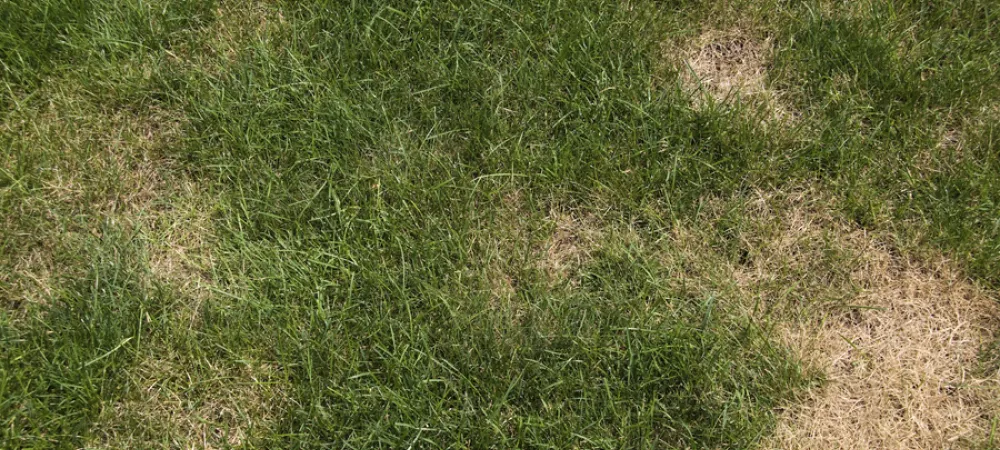Charlotte, North Carolina, with its warm and humid climate, provides an ideal environment for lush lawns. However, this favorable climate can also give rise to various lawn diseases, with one of the most common being Brown Patch.
What is Brown Patch?
Brown Patch, scientifically known as Rhizoctonia solani, is a fungal disease that primarily affects cool-season grasses such as fescue and ryegrass, which are commonly found in Charlotte lawns. It manifests as circular or irregular brown, dead grass patches surrounded by a dark, water-soaked-looking ring.
Causes of Brown Patch
Brown Patch is most prevalent when certain environmental conditions favor its development. In Charlotte, these conditions are often met due to the region's climate:
- Warm and Humid Weather: Brown Patch thrives in temperatures ranging from 75°F to 85°F (24°C to 30°C) and in high humidity.
- Excessive Moisture: Prolonged periods of rain, overwatering, or excessive moisture from dew can create the ideal conditions for the fungus to spread.
- Compacted Soil: Poor soil aeration can contribute to the disease, making it important to maintain good soil health.
- Thick Thatch: Thatch buildup can trap moisture and create an environment conducive to fungal growth.
Preventing Brown Patch in Charlotte
Prevention is often the most effective way to combat Brown Patch. Here are some key steps you can take:
- Choose Resistant Grass Varieties: When establishing or overseeding your lawn, opt for grass varieties that are less susceptible to Brown Patch, such as disease-resistant fescue cultivars.
- Proper Lawn Maintenance: Regularly mow your lawn at the recommended height for your grass type and keep it well-ventilated to reduce humidity.
- Aerate Your Lawn: Aerating your soil can improve air circulation and drainage, reducing the conditions that promote Brown Patch.
- Avoid Overwatering: Water your lawn deeply but infrequently, preferably in the morning to allow the grass to dry during the day. Avoid evening watering, as it can prolong leaf moisture.
- Dethatch When Necessary: Dethatch your lawn to improve airflow and water penetration if you notice excessive thatch buildup.
- Fungicide Applications: Consider preventive fungicide applications, especially during periods of high disease risk. Consult with a local lawn care professional for guidance.
Treating Brown Patch
If your lawn is already affected by Brown Patch, prompt action is crucial to prevent further damage:
- Identify the Affected Areas: Brown Patch typically forms circular or irregular brown patches. Use this visual cue to identify the affected areas.
- Reduce Watering: Immediately reduce irrigation to limit moisture levels. Water only when necessary, and avoid evening watering.
- Fungicide Treatment: Apply a recommended fungicide specifically designed to control Brown Patch. Follow the label instructions carefully.
- Improve Lawn Health: Fertilize your lawn with a balanced, slow-release fertilizer to promote recovery and strengthen grass resistance.
Call FineTurf for Professional Lawn Disease Control
If DIY treatments aren't working for you, no worries! The lawn experts at FineTurf have your back. We provide a wide range of lawn services here in the Queen City. So, if you need Charlotte lawn disease control, give us a call today for a free quote!


